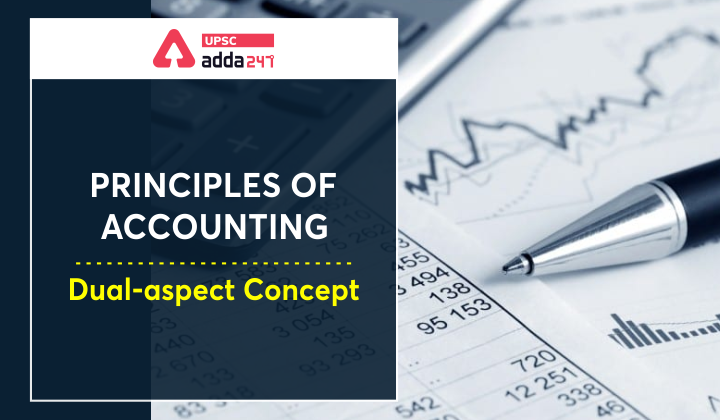Table of Contents
Dual-aspect Concept in Accounting
- Definition: The dual aspect concept states that every business transaction requires recordation in two different accounts. The dual aspect concept indicates that each transaction made by a business impacts the business in two different aspects which are equal and opposite in nature.
- Accounting equation: Assets = Liabilities + Equity
- The accounting equation is made visible in the balance sheet, where the total amount of assets listed must equal the total of all liabilities and equity.
- Acts as the basis of double-entry accounting: which is required by all accounting frameworks in order to produce reliable financial statements.
- Dual aspect concept must be accepted and maintained by the management if it wants to have its financials audited. This is the only format that auditors will accept if they are to issue opinions on financial statements.
Features of Dual-aspect Concept in Accounting
- Dual- aspect accounting has the following key features-
- It simultaneously decreases an asset, while increasing another.
- Similarly, it also decreases a specific liability, while increasing another.
- There is a simultaneous increase of both, an asset and its related liability.
- Contrarily, in the case of a decrease of an asset, related liability is also decreased.
Consistency Principle in Accounting
Examples of Dual-aspect Concept in Accounting
- To under the concepts more clearly, students should understand it through practical examples like the following-
- Issue an invoice to a customer: One part of the entry increases sales, which appears in the income statement, while the offset to the entry increases the accounts receivable asset in the balance sheet.
- In addition, the change in income triggered by the increase in sales appears in retained earnings, which is part of the equity section of the balance sheet.
- Receive an invoice from a supplier: One part of the entry increases an expense or an asset account, which can appear in either the income statement (for an expense) or in the balance sheet (for an asset). The offset to the entry increases the accounts payable liability in the balance sheet.
- In addition, the change in income triggered by the recordation of an expense appears in retained earnings, which is part of the equity section of the balance sheet.




 TSPSC Group 1 Question Paper 2024, Downl...
TSPSC Group 1 Question Paper 2024, Downl...
 TSPSC Group 1 Answer key 2024 Out, Downl...
TSPSC Group 1 Answer key 2024 Out, Downl...
 UPSC Prelims 2024 Question Paper, Downlo...
UPSC Prelims 2024 Question Paper, Downlo...





